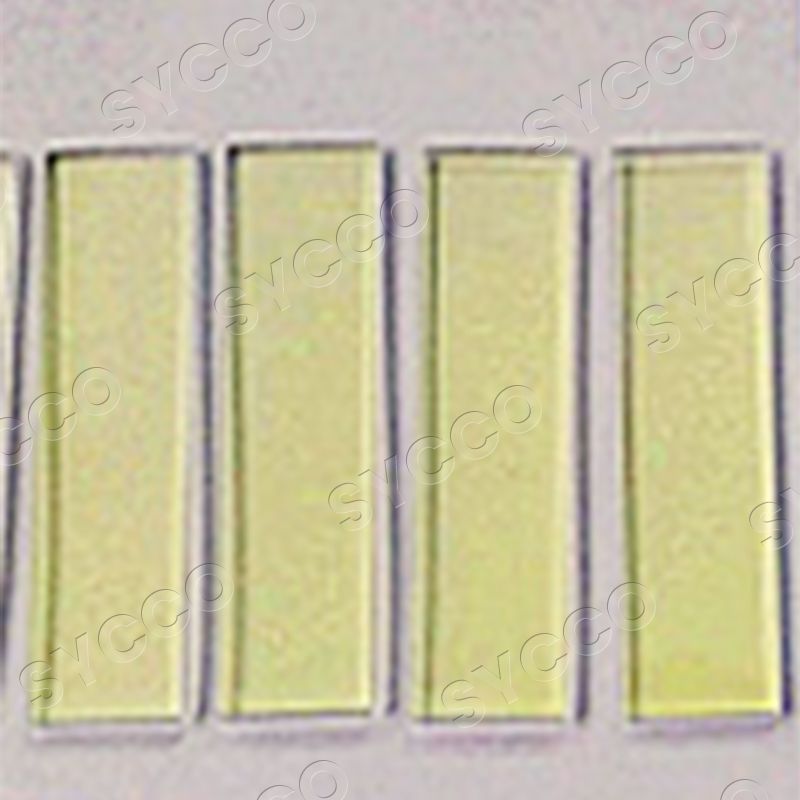Apr. 23, 2025
When it comes to optical filters, choosing the right one can significantly impact the quality and effectiveness of your application. Longpass and shortpass filters are two common types, each with distinct characteristics and applications. In this post, we’ll explore the differences between longpass and shortpass filters to help you make an informed decision for your specific needs.

Before diving into their applications, let’s clarify the fundamental difference between these two filter types:
1. Longpass Filters: Longpass filters allow longer wavelengths (lower frequencies) to pass through while blocking shorter wavelengths. They transmit light above a certain cutoff wavelength and attenuate light below that threshold. Longpass filters are often used when you want to isolate specific, longer wavelengths.
2. Shortpass Filters: In contrast, shortpass filters permit shorter wavelengths (higher frequencies) to pass through while blocking longer wavelengths. They transmit light below a specified cutoff wavelength and attenuate light above it. Shortpass filters are ideal when you need to isolate shorter wavelengths.
Now that we’ve established the basics, let’s explore the key considerations for choosing between these two filter types:
The choice between longpass and shortpass filters largely depends on the wavelengths of interest in your application. Consider the following scenarios:
– Longpass Filters: Use longpass filters when you want to isolate specific longer wavelengths, such as in fluorescence microscopy to block excitation light and detect emitted fluorescence signals. They are also suitable for filtering out background noise or unwanted shorter wavelengths.
– Shortpass Filters: Shortpass filters are preferred when you need to isolate shorter wavelengths, like in Raman spectroscopy or ultraviolet (UV) applications. They are effective at blocking longer wavelengths, ensuring that only the desired shorter wavelengths are transmitted.
The light source you’re using plays a crucial role in filter selection. Longpass and shortpass filters should be compatible with your light source’s spectral output. Ensure that the filter’s cutoff wavelength aligns with the source’s emission spectrum to achieve optimal results.
Consider the specific needs of your application. If you need to enhance contrast or reduce background noise, a longpass or shortpass filter can be a valuable tool. Additionally, think about factors like image quality, signal-to-noise ratio, and the overall goals of your experiment or project.
High-quality filters are essential for accurate results. Ensure that the filters you choose have excellent transmission efficiency in the desired wavelength range and minimal optical distortion. Consider factors like coating quality and durability for long-term use.
In some cases, you might require both longpass and short pass filters for different aspects of your experiment. Having a versatile filter setup can provide the flexibility needed to adapt to various research requirements.
In summary, the choice between longpass and shortpass filters depends on your specific application’s wavelength requirements, compatibility with light sources, and other experimental considerations. Understanding the fundamental differences and evaluating your needs carefully will help you select the right filter type for your project, ultimately leading to more accurate and reliable results. Whether it’s isolating longer wavelengths with longpass filters or shorter wavelengths with shortpass filters, making the correct choice is a crucial step in achieving success in your optical applications.
2
0
0
All Comments (0)
Previous: None
Next: None
If you are interested in sending in a Guest Blogger Submission,welcome to write for us!
Comments